This time, I'd like to talk about monitor speakers, which play a significant part in the online streaming sphere.
Headphones are the mainstream monitor equipment at home, but the best way to check the total balance of sound source and sound quality is to actually listen to the sound output from the speakers.
But how should we choose a speaker? Should it be based on size, output, or brand?
Everyone has a different preference for sound quality, but does your speaker match your preference?
Perhaps you chose a speaker just because you like the sound, but do you really like the sound of your speaker?
Let's check the following.
■Types
- Passive speaker or powered speaker?
The passive speaker requires a separate power amplifier, but you can combine the speaker and the power amplifier to get closer to your favorite sound. The powered speaker doesn’t need an amplifier because it has a built-in power amplifier. - Full-range, 2-way, or 3-way?
The full-range speaker has a single speaker unit in the box that plays from bass to treble ranges. The sound is well-balanced and natural. The 2-way and 3-way speakers have speaker units in different sizes for a wide sound range in a box. The sound is wider in range and dynamic. - How large should the full-range speaker unit and the woofer unit on the 2-way/3-way speaker be?
The full-range speaker unit is about 10-25 cm and the woofer is about 10-38 cm. The larger the diameter, the more generously the bass is reproduced. However, a large speaker is advantageous for bass reproduction but it's difficult to produce treble, so the key is how to cover it. - Types of enclosures?
Some types of speaker enclosures include closed, bass reflex, back-loaded horn, and front-loaded horn. The closed type produces a crispy sound with a tight bass. The bass reflex replays the bass feels richer for the size of its speaker unit, the back-loaded horn amplifies the vibration on the back of the speaker and puts it out to the front, so the sound is energetic and powerful, and the front-loaded emphasizes the expansion of the sound field making it easy to know the sound image localization of each instrument.
So what kind of monitor speakers are used by professional sound engineers?
Japanese brands include the YAMAHA NS-10M, which has always been a great best-selling monitor speaker.
The NS-10M is a small passive 2-way monitor speaker with a closed enclosure type and an 18 cm woofer. It wasn't originally intended for monitoring.
It was sold as the smallest speaker in the NS series, and in addition to the flat sound output from high to low ranges, the performance of the speaker performs every detail of the sound and the overall excellence of the sound blending has been highly evaluated.

The Fostex NF-1 is also a popular monitor speaker, which is bass reflex type and uses a unique 16 cm woofer unit. The playback sound is as natural and smooth as the NS-10M.
For overseas products, it seems that the GENELEC 8010A was highly evaluated. The 8010A is used as a compact monitor that professionals can bring with them to work.
It is a 2-way closed type with the smallest woofer, though its bass power and sound image localization are outstanding.
GENELEC / 8010AP
JBL / 1 Series 104-BT
Among the recent lineups, the JBL 104 seems to be the most popular.
Although it looks like a full-range speaker, it uses a unit called a coaxial 2-way, which allows for a wider range of playback bands for its speaker unit size. Also, since it is an active speaker with a built-in amplifier, it can be easily connected directly to a mixer and other equipment.
Now that you've looked at the types suggested above, look for a speaker that fits your choice.
■Tips for choosing a speaker to monitor the sound are:
- Output is even for any frequency (it's terrible when the high or the low is too strong).
- You can see the rough position of each instrument when playing it.
- A sound that you won't get tired of listening to for long hours (it's just right when you feel comfortable when the sound isn't too detailed, but also not too bland, either).
- Hopefully it doesn't change the impression of the sound at any volume.
If the speaker meets these requirements, you can use it for monitoring with peace of mind.
There is no need to stick to certain brands or by price. Maybe you can try to find your favorite monitor speaker that suits you best.





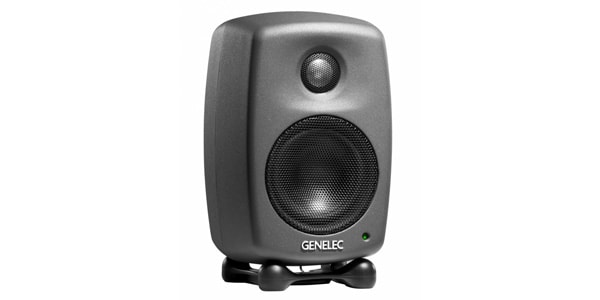
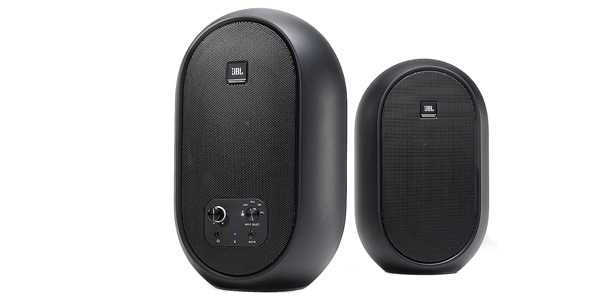

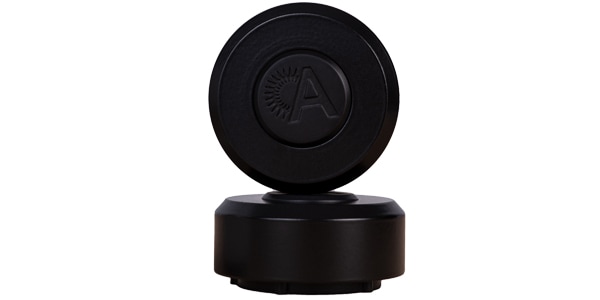
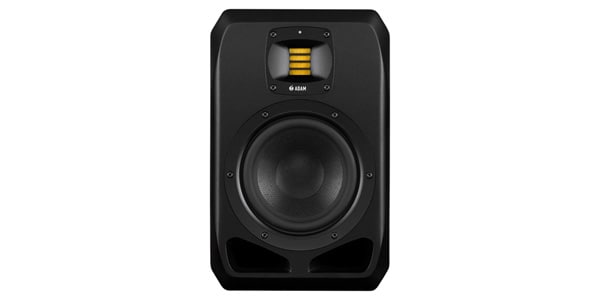
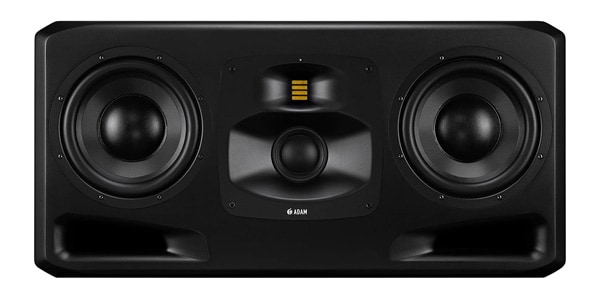
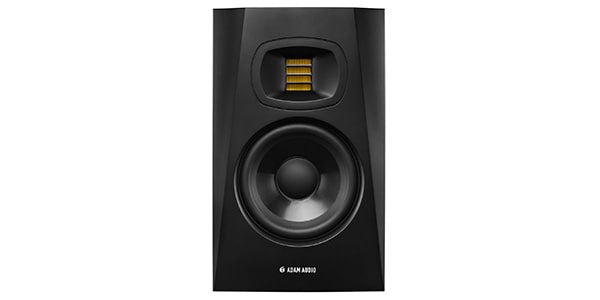
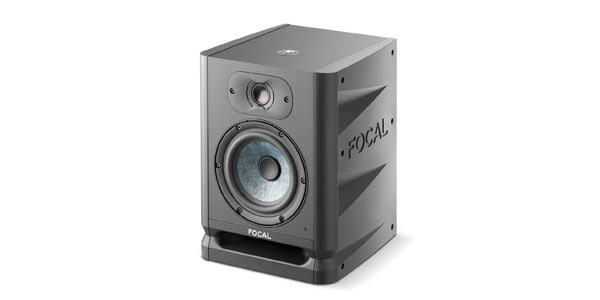
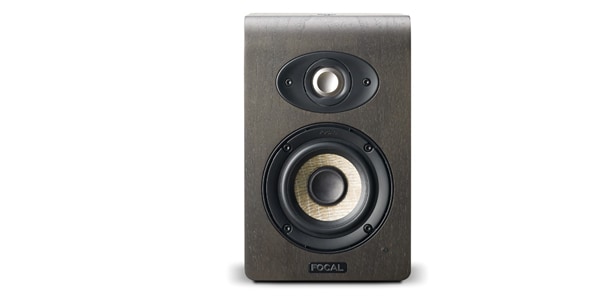
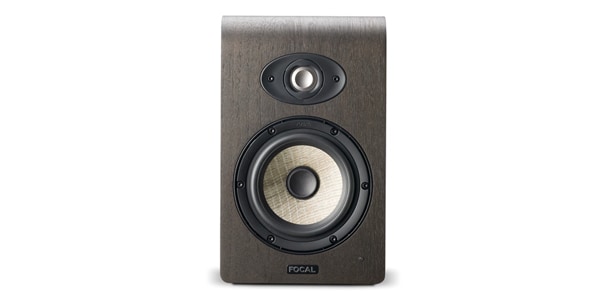
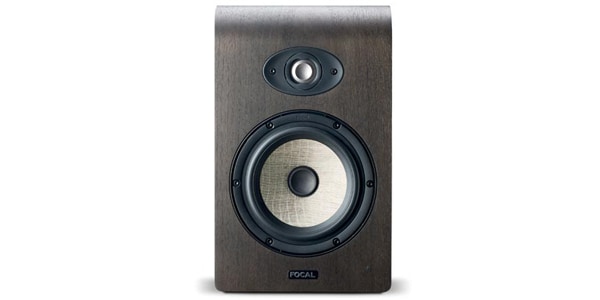
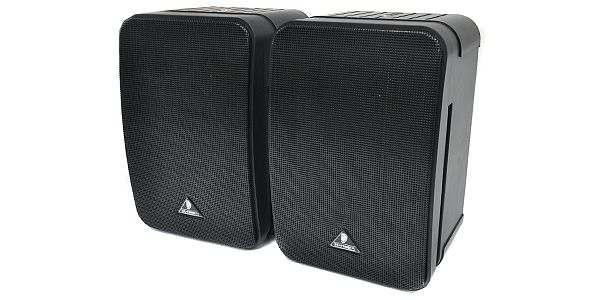
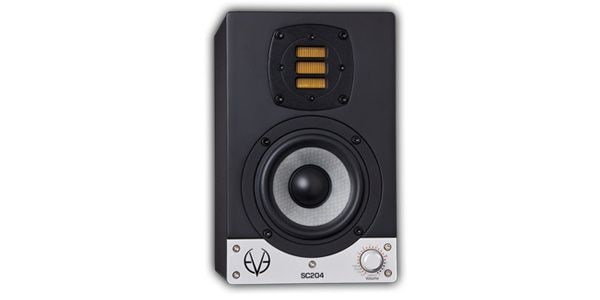
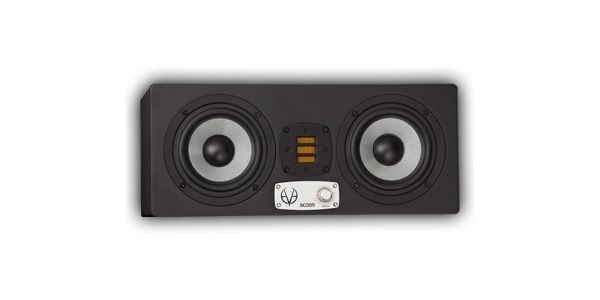
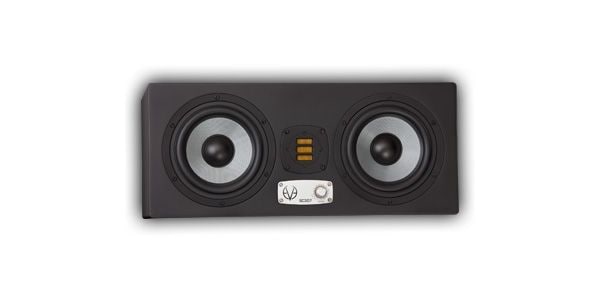
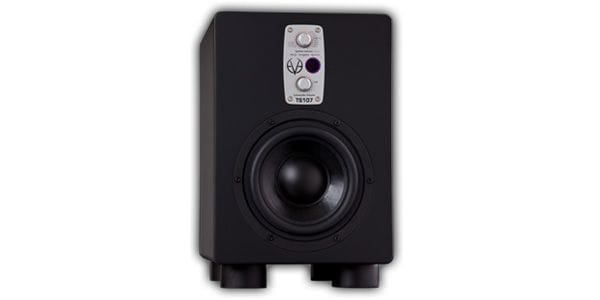
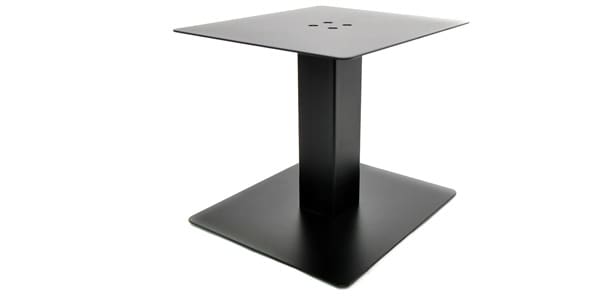
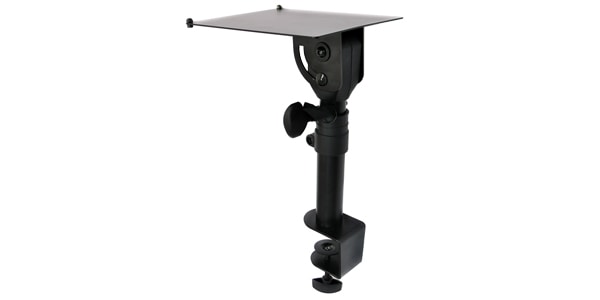
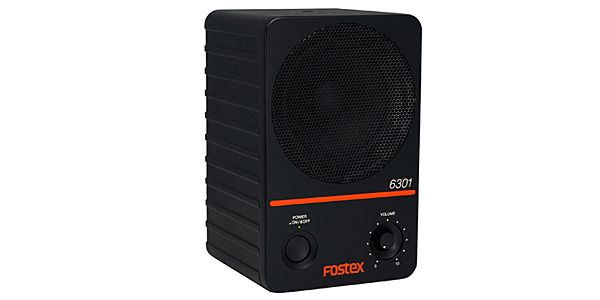
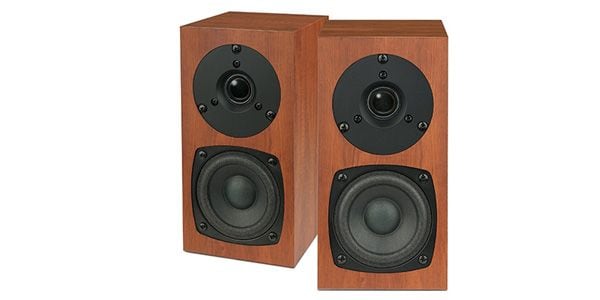
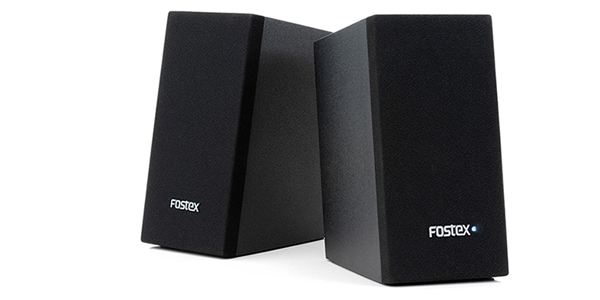
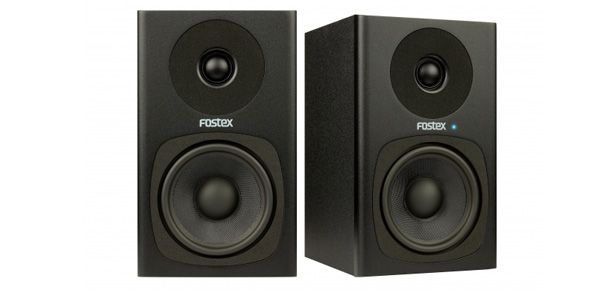
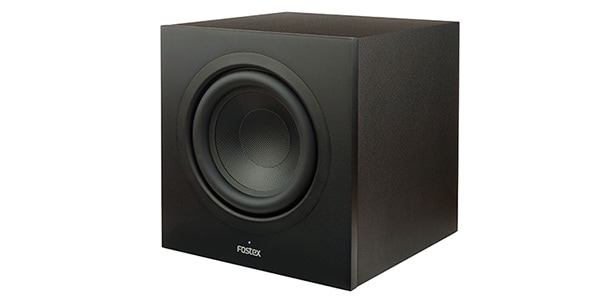
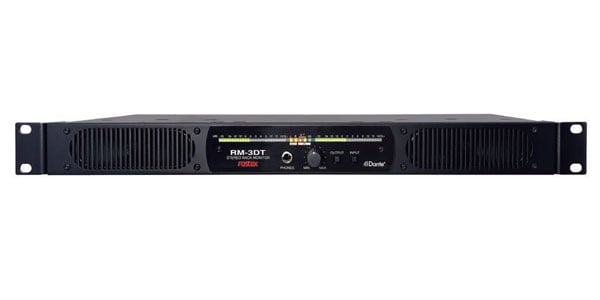
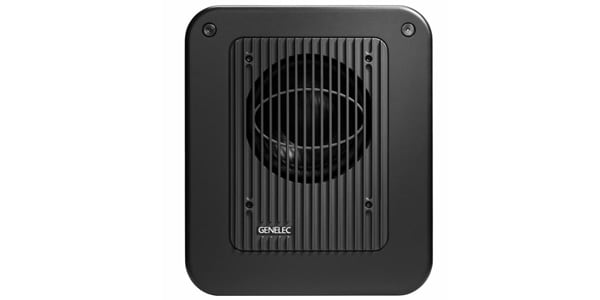
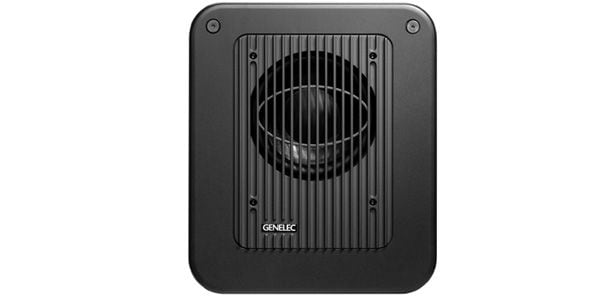
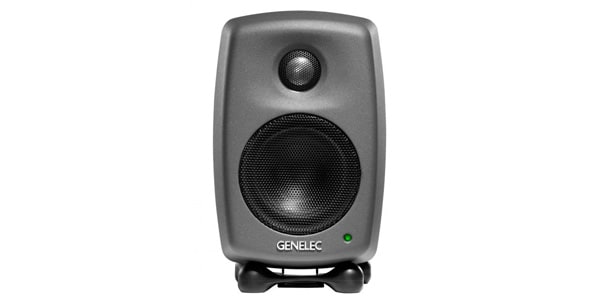
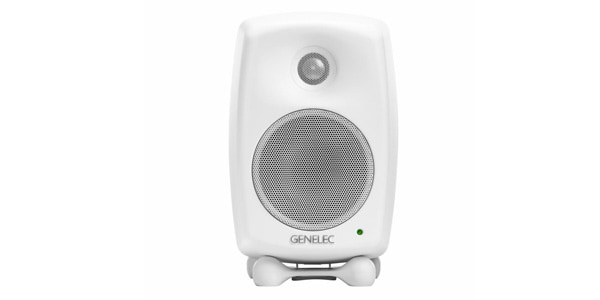
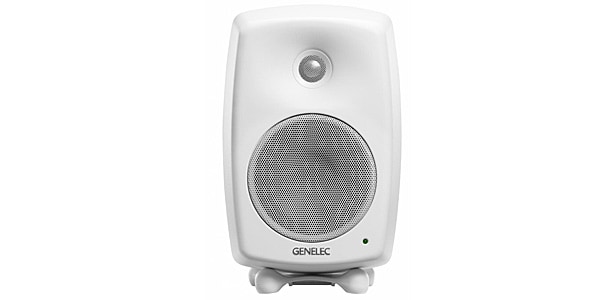
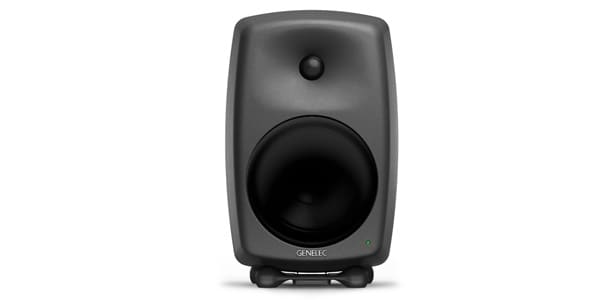
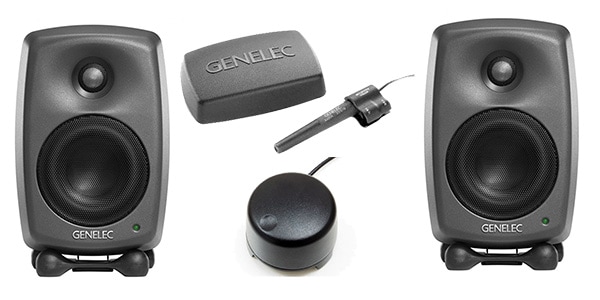
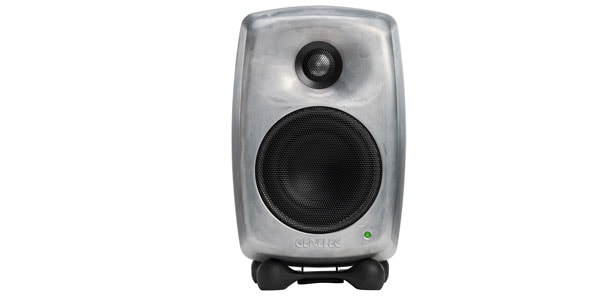
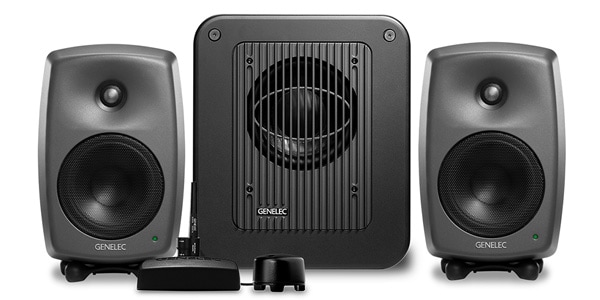
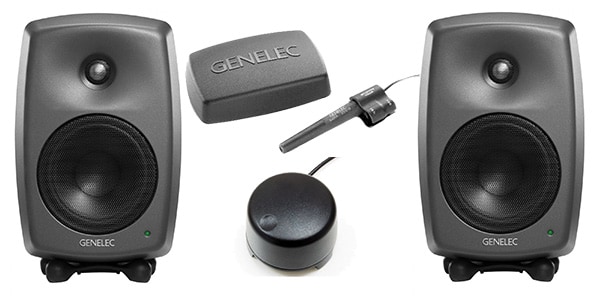
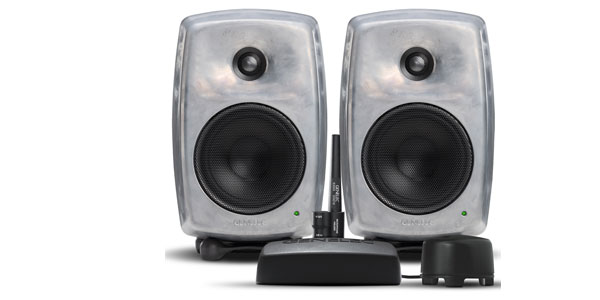
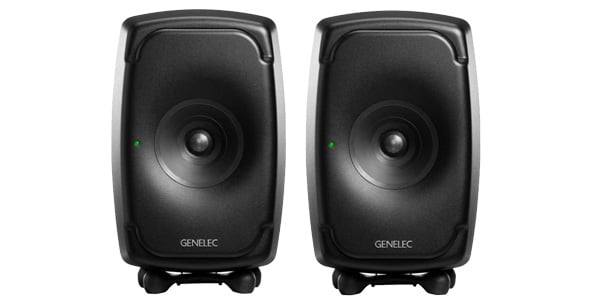
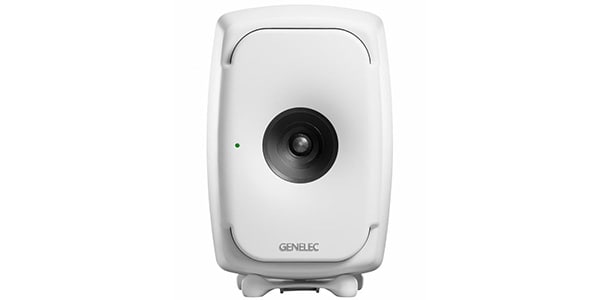
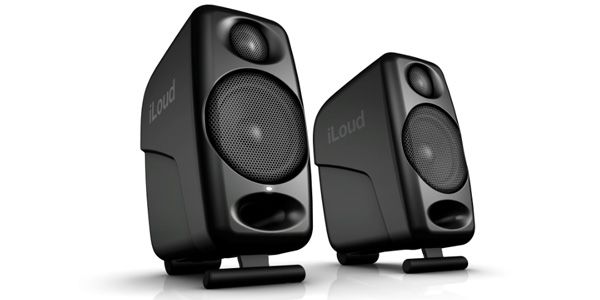
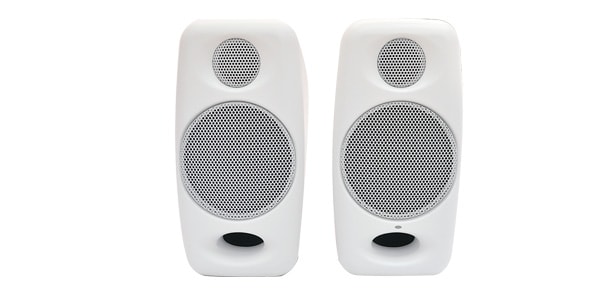
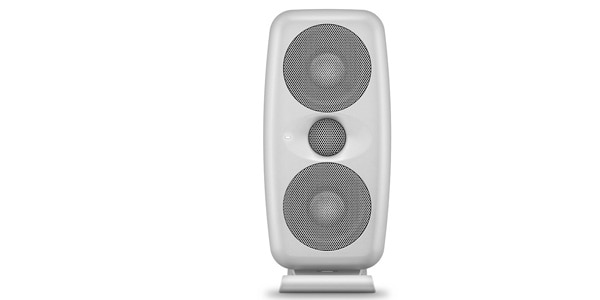

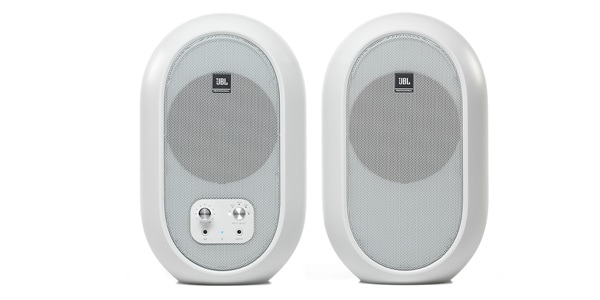
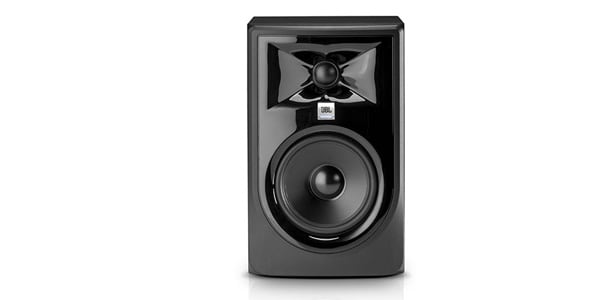
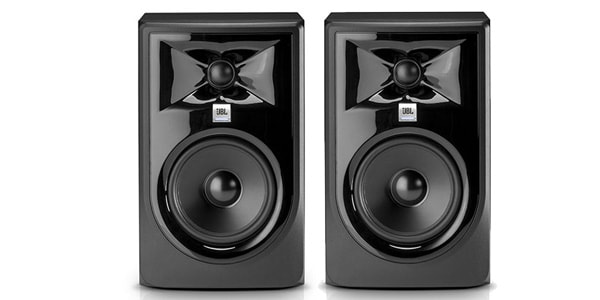
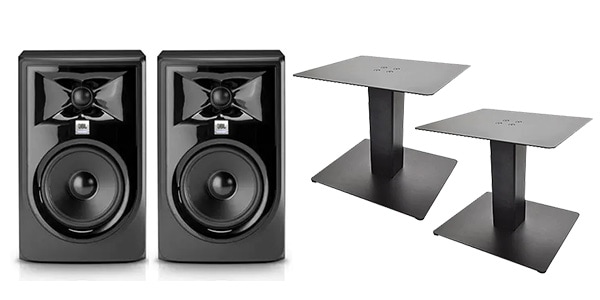
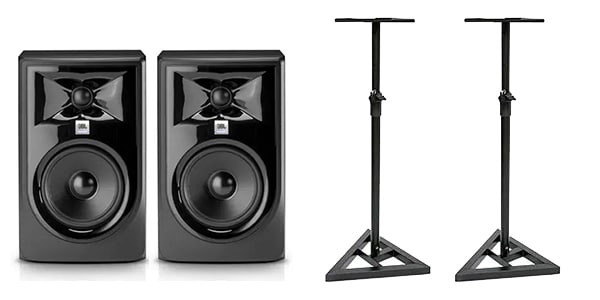
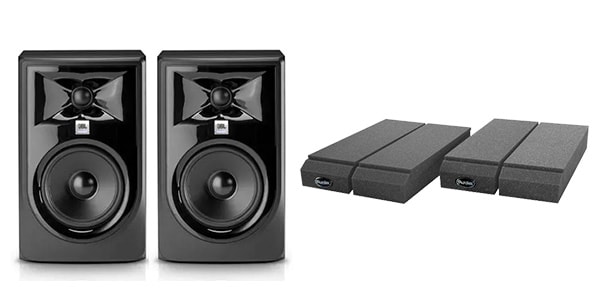
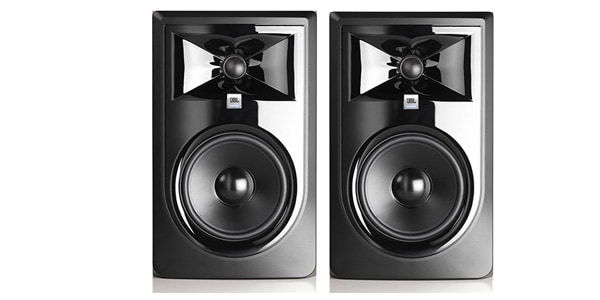
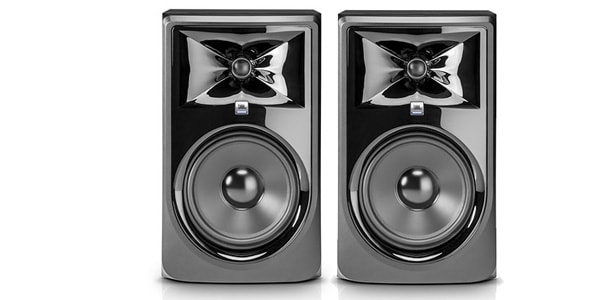
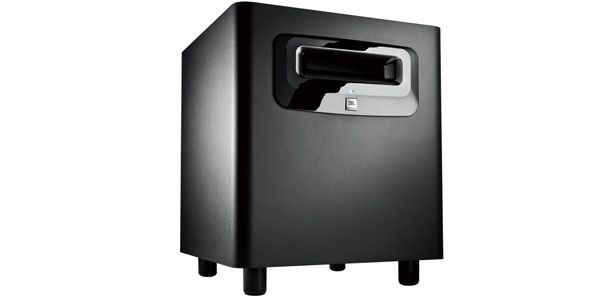

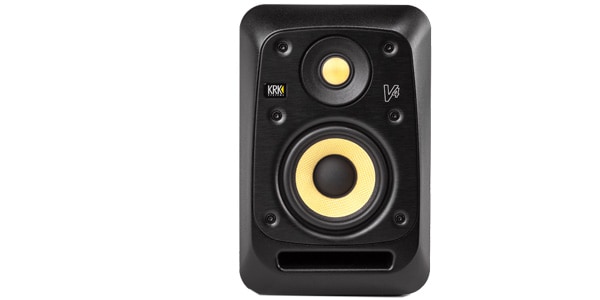
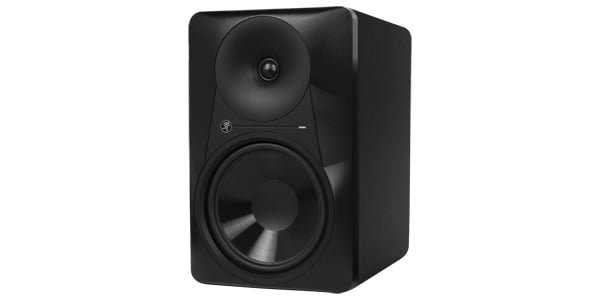
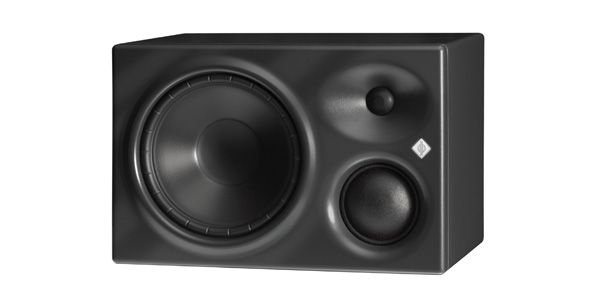
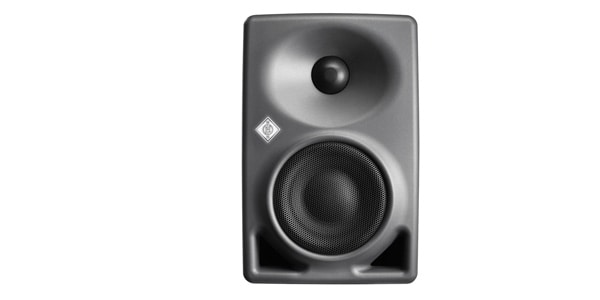
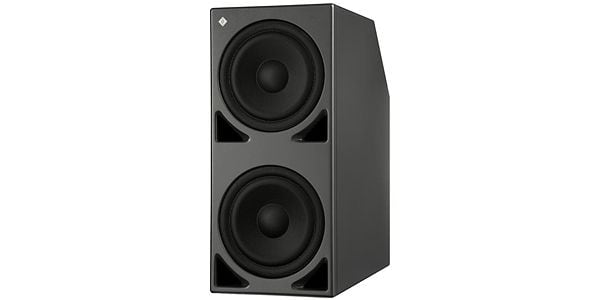
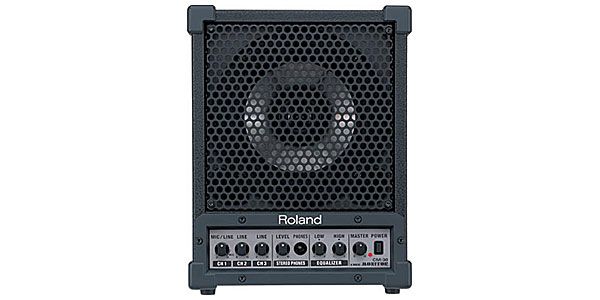
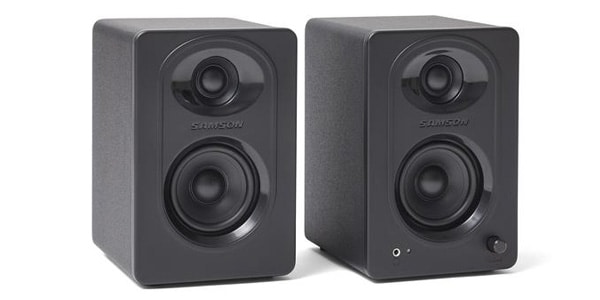
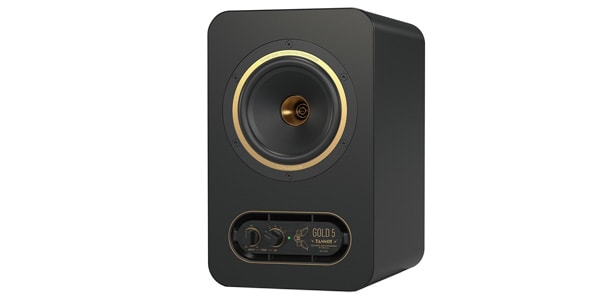
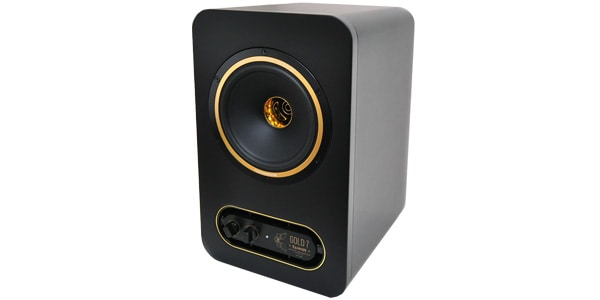
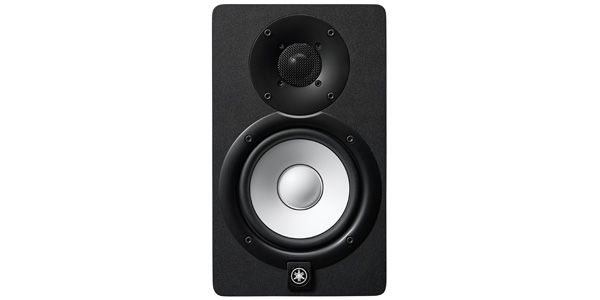
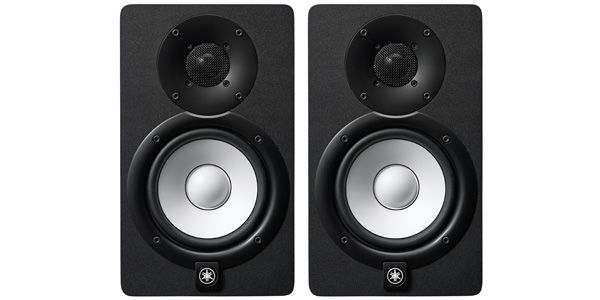
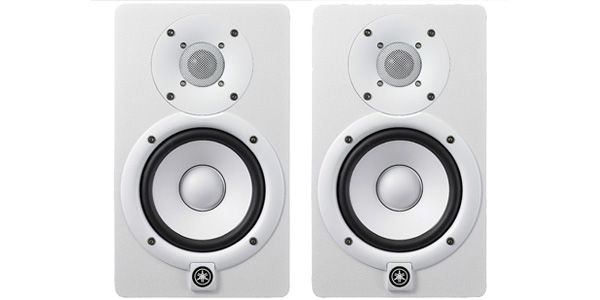
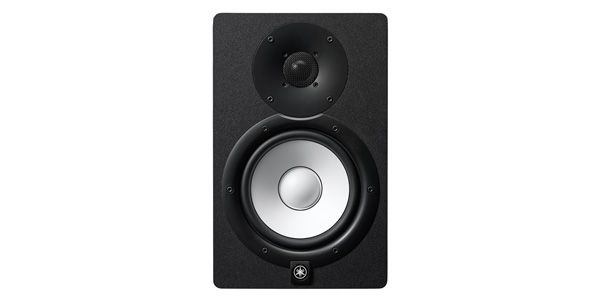
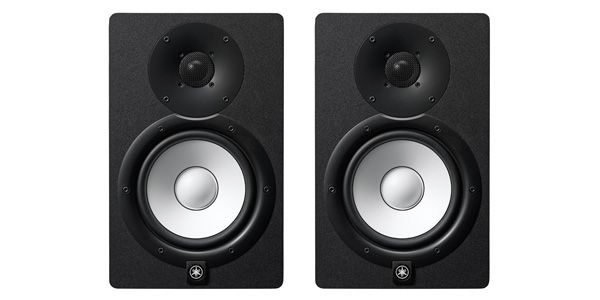
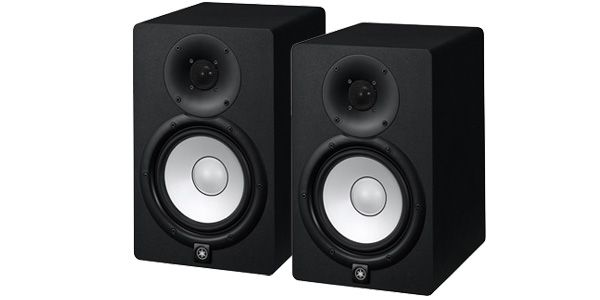
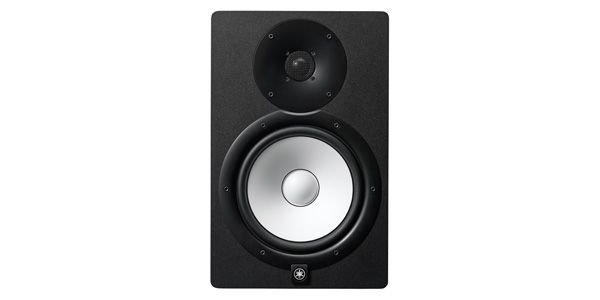
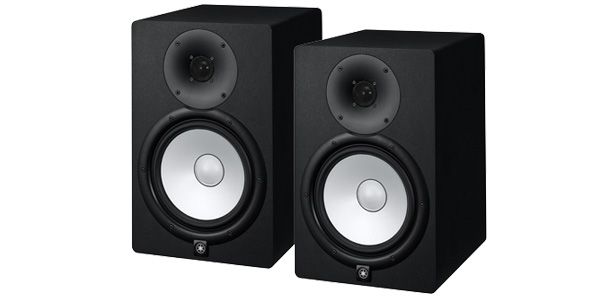
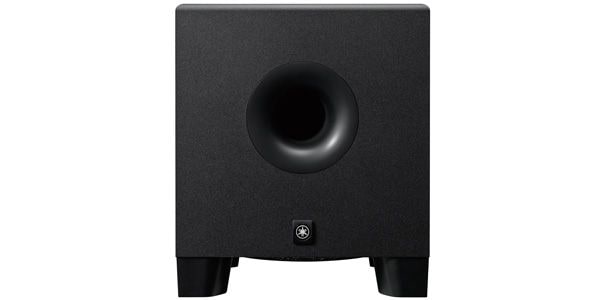
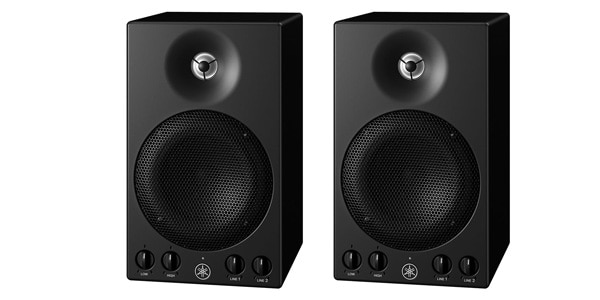
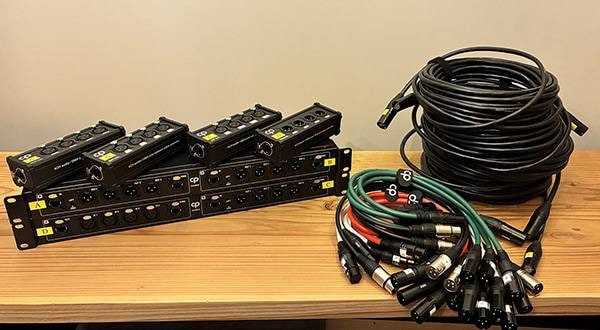
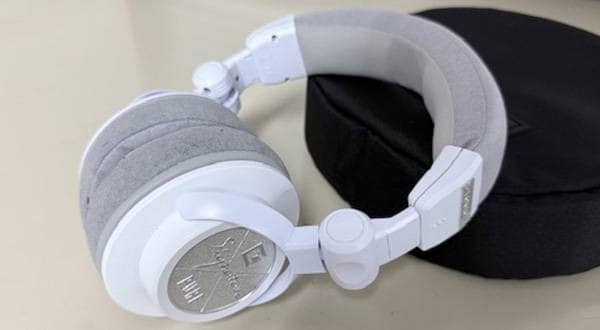
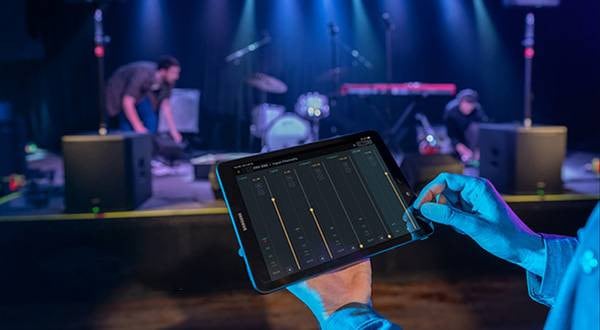
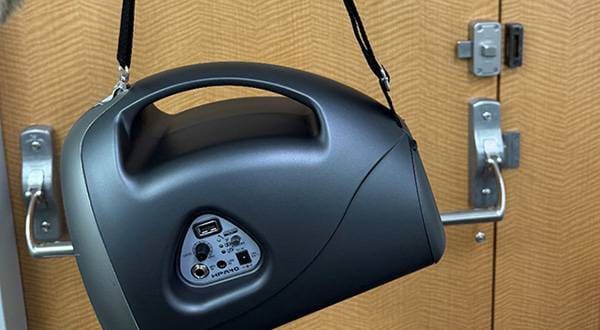
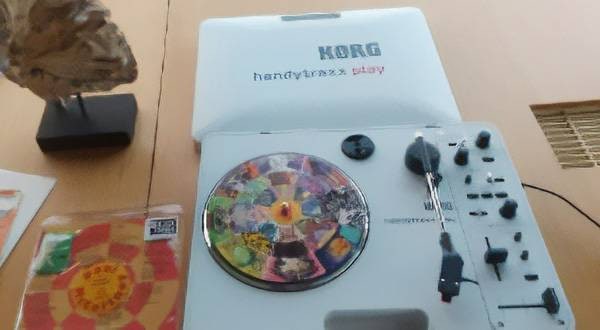
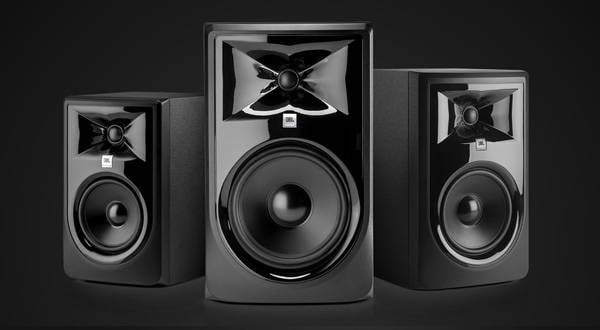
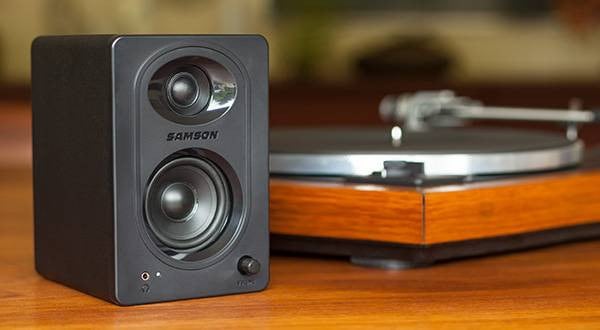
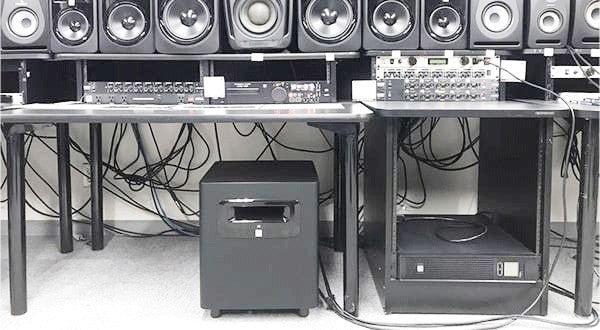



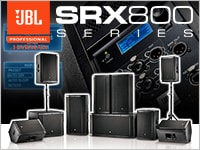 JBL スピーカー SRX800(パワード)シリーズ
JBL スピーカー SRX800(パワード)シリーズ
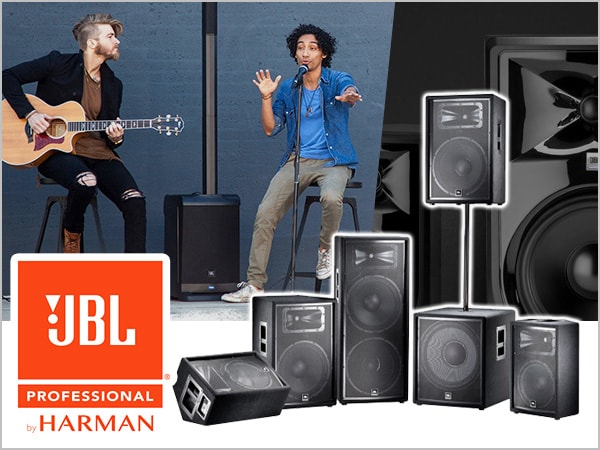 JBL スピーカー特集
JBL スピーカー特集
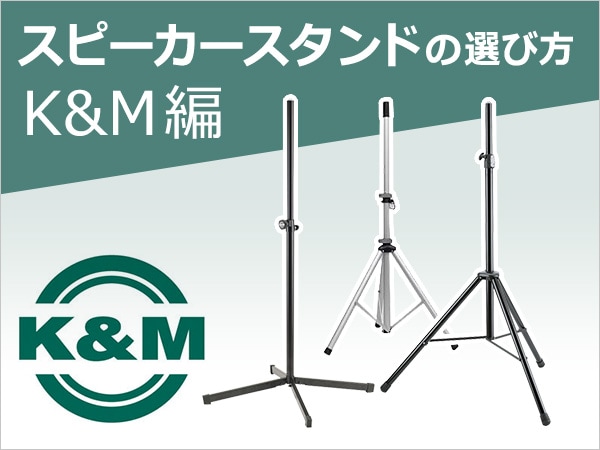 スピーカースタンドの選び方 K&M編
スピーカースタンドの選び方 K&M編
 スタジオモニタースピーカーを選ぶ
スタジオモニタースピーカーを選ぶ
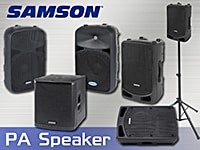 SAMSON PAスピーカー特集
SAMSON PAスピーカー特集
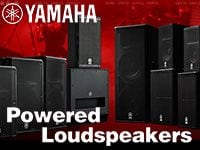 YAMAHA パワードスピーカー比較表
YAMAHA パワードスピーカー比較表















